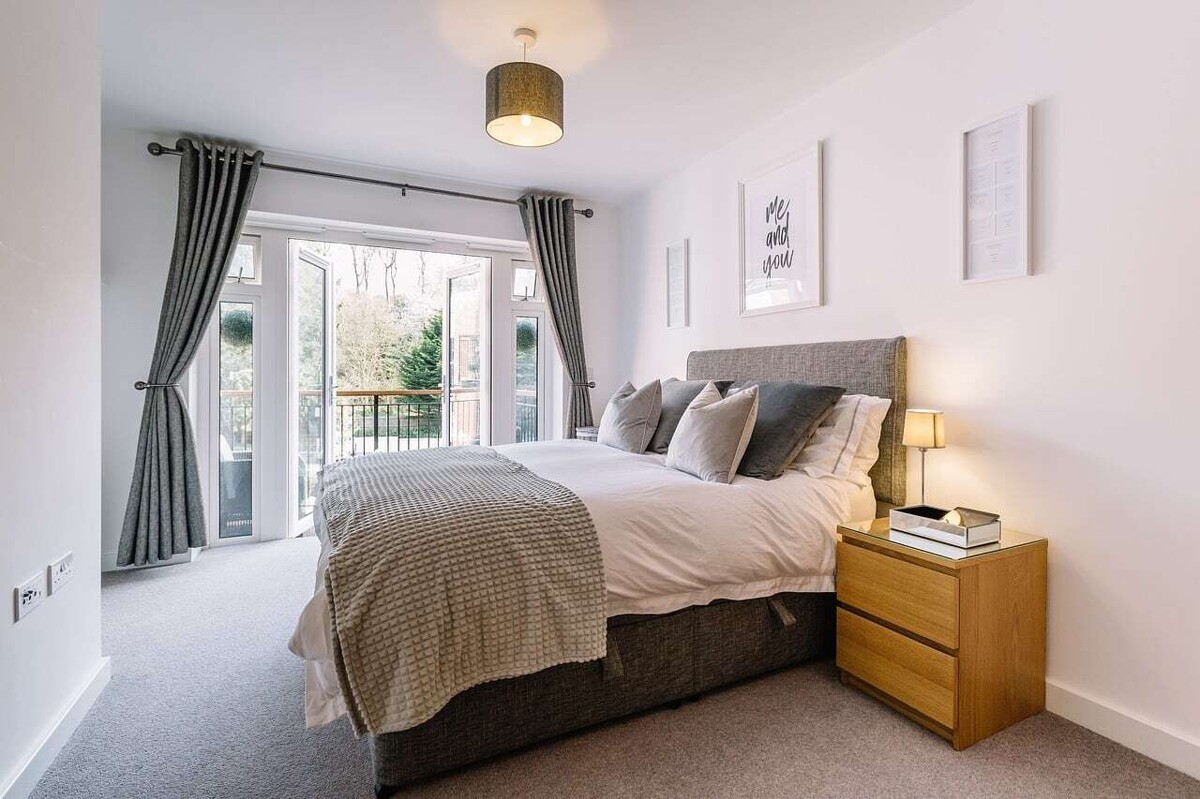
The bedroom is one of the most important rooms in a house, as it is the place where people rest and recharge their energies through restorative sleep. In this room, each individual dresses according to their tastes, experiences intimate and reflective moments. For this reason, it is essential to create an appropriate atmosphere that favors rest.
According to the tradition of feng shui, by including certain elements and having the right orientation, it is possible to ensure that bedrooms provide the best possible sleep. The bed is considered the most important element, as it is where we spend most of the time resting. It is recommended to have a bed that is high and made of wood, a material associated with prosperity and helping to strengthen self-esteem.
It is advisable to use sheets of neutral colors and natural fibers, preferably cotton. It is recommended to place the bed away from the windows, as being close to them can create a feeling of vulnerability and affect the sense of protection necessary for good rest.
A point to consider is the presence of mirrors in the room, as while they are useful for various activities, feng shui discourages placing them in the bedroom, especially in front of the bed, as this can make it difficult to fall asleep. If you want to have a mirror, it is advisable to place it behind a door or inside the closet.
Currently, the use of electronic devices is common in daily life; however, it is best to avoid having them in the bedroom, as they can affect the quality of sleep. Televisions, computers, sound equipment, and other devices should be located outside this room. For feng shui, it is crucial that energy circulates properly in the space, so it is suggested to avoid obstructions, such as objects behind doors that prevent them from fully opening, as well as not aligning the bed with the upper or lower ends of the room.














